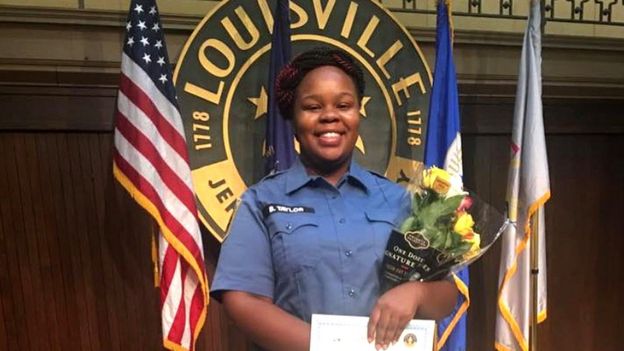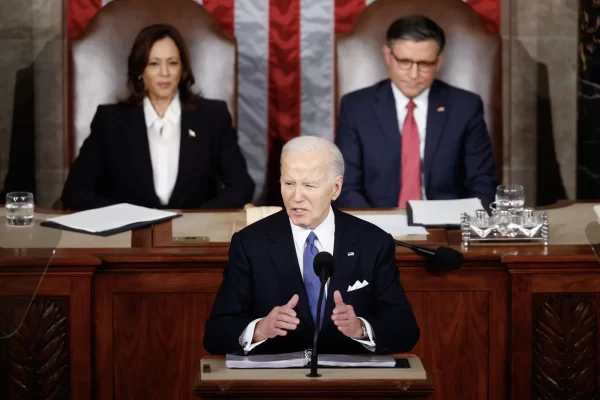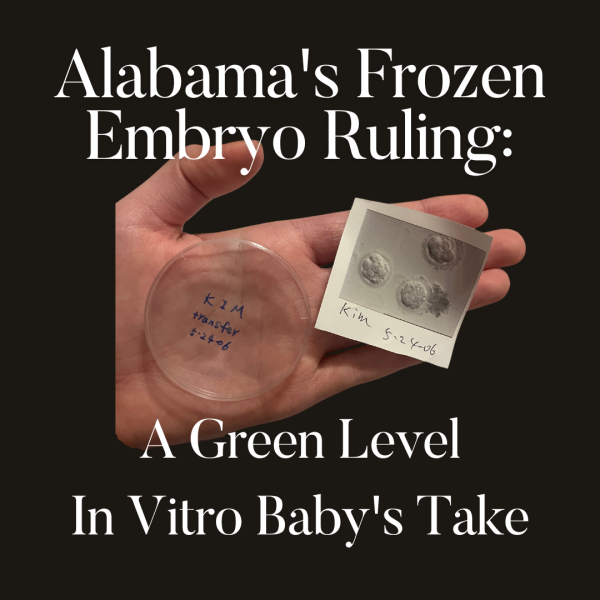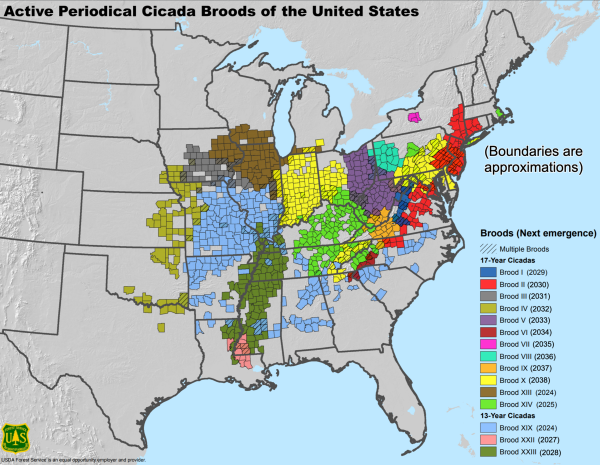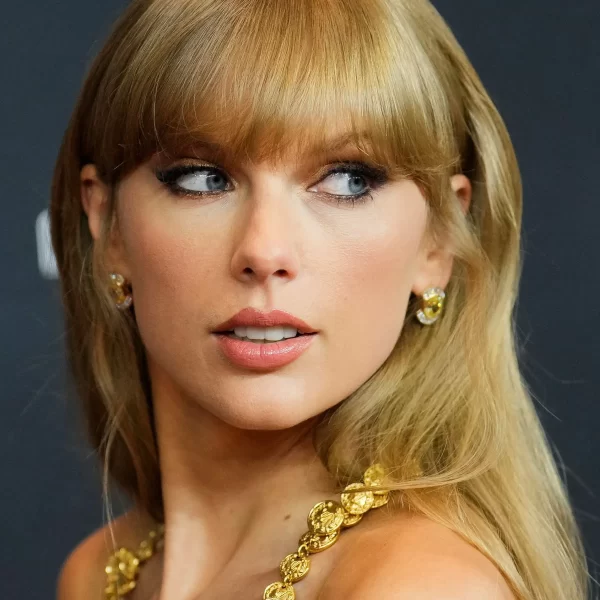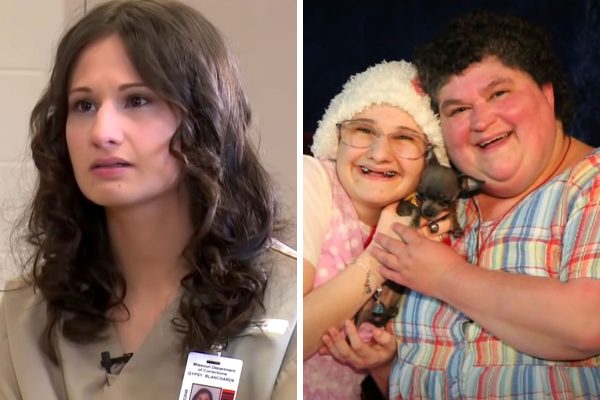The Breonna Taylor Case: A Timeline
Breonna Taylor, a 26-year-old EMT, was killed by the police in her own home
At the age of 26, Breonna Taylor was wrongfully killed by the police. The months-long investigation for her case had finally come to an end.
On March 13, 2020, Louisville Metro Police Department officers forced open the door of Breonna Taylor’s apartment under a “no-knock” search warrant. No-knock warrants enable police to enter a home unannounced, and they are usually used in drug raids to prevent suspects from destroying evidence. The Louisville officers claimed that while investigating Jamarcus Glover (Taylor’s ex-boyfriend), they found that he had been using her address to mail drugs. Taylor was a licensed EMT for Louisville and had worked on the frontlines during the COVID-19 pandemic. She had no previous criminal record.
Using a battering ram, Officers Myles Cosgrove and Brett Hankison, and Sgt. Jonathan Mattingly, forced open the apartment door in the middle of night while Taylor and her boyfriend, Kennth Walker, were sleeping. Fearful that a home invasion was taking place, Walker, a licensed gun owner, fired a single shot to protect himself from the home intruders. The police responded by firing back more than 25 shots. At least eight of those bullets fatally hit Taylor, and Walker called 911 in panic, tearfully telling the dispatcher that, “Somebody kicked in the door, shot my girlfriend.”
At the age of 26, Breonna Taylor died from multiple bullets fired by the police. No drugs were found in her apartment.
The police report following the incident contained several false statements: Breonna Taylor’s injuries had been listed as “none” and the officers claimed that no force had been used to enter. Walker was also charged with attempted murder of a police officer, but the case against him was later dropped.
In April, a wrongful death lawsuit was filed against the three police officers involved in the event. During the investigation, Louisville Postal Inspector Tony Gooden said that in January, another government agency had already investigated whether suspicious mail had been sent to Taylor’s home. The agency had found, “No evidence of wrongdoing.”
According to Civil rights attorney Ben Crump, that “directly contradicts what the police stated in the affidavit to secure a no-knock warrant for the home.”
As investigations continued, Breonna Taylor’s name fueled anti-racism protesters who demanded justice and police reforms. Many have used social media to support the cause as well. On what would’ve been Taylor’s 27th birthday, June 5, people used the hashtag #SayHerName to spread awareness for her case while also bringing attention to black women with similar stories. Kimberlé Crenshaw, the hashtag’s creator, said that, “‘Say Her Name’ attempts to make the death of Black women an active part of this conversation by saying their names. If Black lives really do matter, all Black lives have to matter. That means Black lives across gender have to be lifted up.” Senators, WNBA players, celebrities, and even ordinary people have been using online platforms to support the Black Lives Matter Movement. On Twitter, Senator Kamala Harris wrote, “Keep up the calls for justice. #SayHerName.”
On June 11, Louisville Metro Council passed Breonna’s Law. It banned “no-knock” warrants and required police body cameras to be turned on before and after every search. A few days later, Hankison was fired from the police department because he had violated procedure by firing 10 rounds into the apartment during the search. Mattingly and Cosgrove, the other two officers, were reassigned to administrative duties.
During the settlement on September 15, Louisville announced that $12 million would be paid to Taylor’s family. The city also agreed to institute police reforms, but people were still waiting to see if the police would be criminally charged. A week later, but more than six months after Breonna Taylor’s death, a grand jury decided to indict only one officer (Brett Hankison) involved in first-degree wanton endangerment charges. The charge against Hankison was not for Taylor’s death, but for endangering her neighbors by blindly firing. This was met with outrage from the public, and masses of people across the states joined together to protest. “The fact that you’re going to charge for bullets going into an apartment but not for bullets going into Breonna Taylor’s body is outrageous. There are two justice systems in America: one for Black America, one for White America,” said Crump, the Taylor family lawyer.
As anti-racism protests continue to gain more and more traction, we must step up and do our part as well: fight for justice, hold people accountable, and say her name.
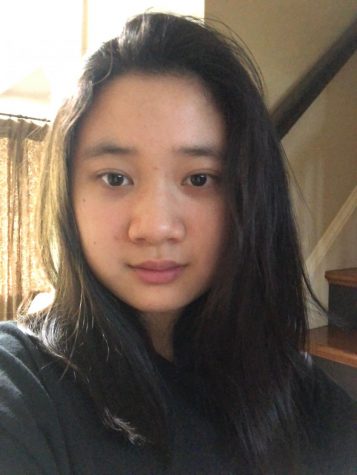
Claire is a junior who loves swimming, music, and watermelons. Her favorite film is Dora and the Lost City of Gold, and she enjoys learning french, traveling...


